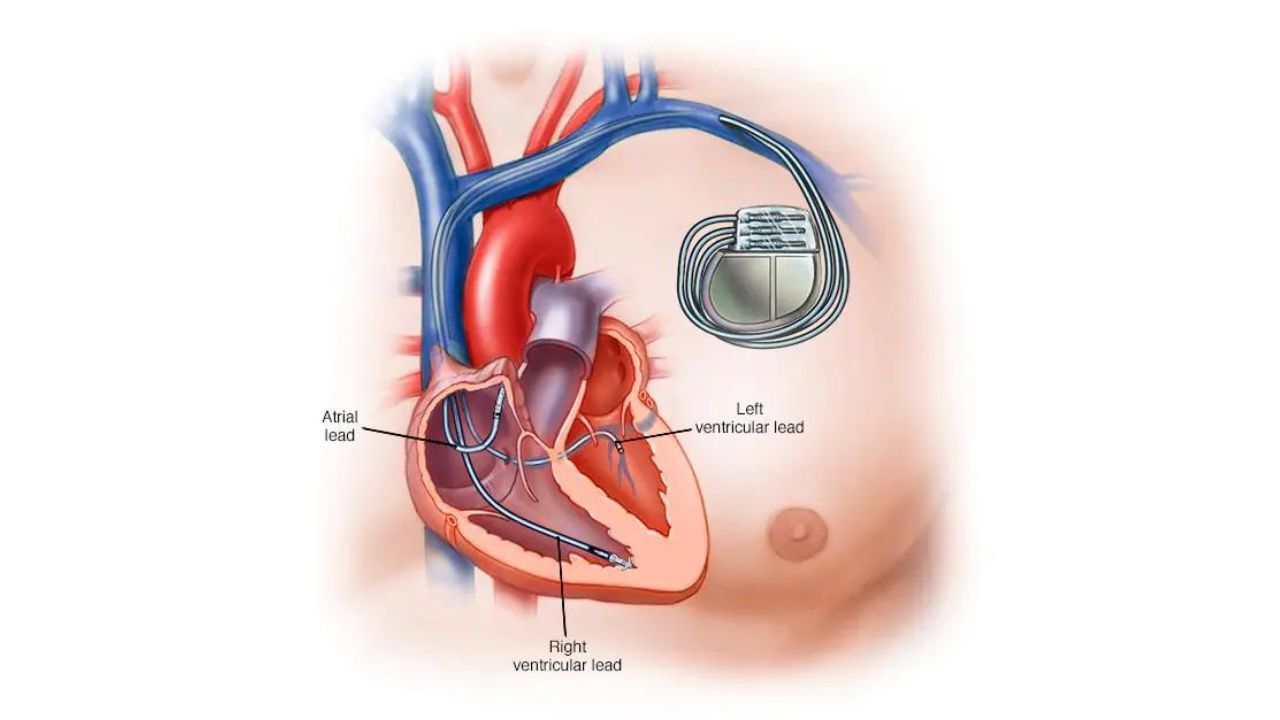Pacemaker Implantation: Benefits, Procedure, and Recovery
What is a Pacemaker?
A pacemaker is a small device implanted under the skin to regulate the heartbeat. It sends electrical signals to ensure the heart maintains a normal rhythm. This device helps individuals with arrhythmias, which can cause irregular, slow, or rapid heartbeats.
Who Needs a Pacemaker?
Patients who suffer from heart rhythm disorders, where the sinoatrial (SA) node fails to control the heartbeat effectively, may need a pacemaker. Conditions like arrhythmias or blockages in the heart’s electrical pathways often require this device to restore a regular heart rate, thus allowing for a more active lifestyle.
Procedure for Implantation
Surgeons perform the pacemaker implantation using local anesthesia. They insert a needle into a vein below the shoulder to guide wires into the heart. Next, they make a small incision in the chest to place the pacemaker under the skin and connect it to the wires. After positioning the pacemaker, they close the incision with sutures. Although the endocardial approach is standard, some patients might require the epicardial technique, which involves a more invasive procedure.
Recovery Expectations
Post-surgery, you will stay in the hospital for monitoring. Arrange for transportation home, as you will not be able to drive for about a week. You may experience some swelling and bruising, which painkillers can alleviate. Your doctor will provide guidelines on avoiding strenuous activities and certain electrical devices to ensure proper healing.
Risks and Complications
While pacemaker implantation is generally safe, risks include infection, wound discharge, nerve injury, and movement of the pacemaker leads. Additional complications can be a collapsed lung, hemorrhage, blood vessel damage, and reactions to anesthesia.
In summary, a pacemaker is crucial for managing heart rhythm disorders, improving heart function, and enhancing overall quality of life.





